Building a SaaS product is just a single first step on the road to success. The UX within your product is vitally important, but so is the path to purchase that you create for potential customers.
The way you price, market, and sell your software is the real key to a successful SaaS company, and it’s also a common stumbling block for CEOs and founders. Understanding the concept of a low-touch SaaS model and, more importantly, how to execute it successfully can have a huge and immediate impact on your growth.
What are low-touch and high-touch SaaS models?
In the context of SaaS models, ‘touch’ is the level of human interactions customers need to purchase and use the service. The following can be counted as touches:
- Onboarding: The company might onboard new customers to the software by providing them with initial guidance and training. It may also set up their accounts.
- Customizations: If the SaaS company also makes changes to the software to make it more personalized to the customers’ needs, it counts as a ‘touch.’ Examples include configuration changes and programming.
- Consulting: In some cases, companies may offer strategic advice to help customers reach their business goals using the software.
- Account Management: The ongoing relationship established through account management, such as tracking software usage and providing support, is also a form of touch.
With these components in mind, there can be two types of SaaS models; high-touch and low-touch.
What is a low-touch SaaS model?
A low-touch SaaS model means selling your product to prospects with minimal person-to-person interaction. Common features of a low-touch SaaS model include offering free trials of the product as the primary sales method (usually promoted through digital marketing and email marketing) with the in-product experience optimized to encourage the prospect to purchase, often directly within the product.
How does a standard low-touch SaaS sales funnel work?
A low-touch sales funnel is designed for quick wins. It doesn’t usually involve much work to convert leads to customers after their introduction to the product. Ideally, the conversions take place on the first or second visit.
These sales rely heavily on self-service resources and automation. Here’s what a regular low-touch SaaS sales funnel looks like.
Traffic Driving
First, the company starts by getting potential customers attracted to their service through low-cost methods.
Some of these include:
- Social media
- SEO
- Reseller partners
- Referral partners
- Marketing partners
- Affiliate marketing
An example of a company using SEO and social media to gain leads is TouchBistro, a restaurant point of sale and payment solution. Powered by Search, a B2B SaaS marketing agency, helped TouchBistro get more than 135 demos in a single month by optimizing Facebook ads.
Lead Nurturing
In this step, the company exerts some marketing efforts, such as email marketing or retargeting. Free trials are the main drivers in this SaaS model.
A First Page Sage report found that 18.2% of the individuals who sign up for opt-in free trials convert organically. Meanwhile, the conversion rate is 48.8% for opt-out trials (require credit card information to start the trial).
Self-Service Conversions
Low-touch SaaS models also require self-service resources to drive conversions. Some examples include:
- AI chatbots
- Front-line support
- Articles and guides
- Tiered pricing options information
An FAQs section or help center also helps, as a Forrester report found that 60% of the survey respondents had used this section on a business website in the past 12 months.
Retention
The final component of low-touch SaaS is customer retention, since the churn rate is relatively higher. SaaS companies often use email marketing to retain customers. For instance, they may send out emails about new features, discounts, and other incentives to keep customers engaged.
Benefits of a low-touch SaaS model
The main benefits of low-touch SaaS models are as follows:
- Lower Costs: Since you use fewer resources and manual intervention, the customer acquisition cost is lower.
- Increased Scalability: With self-service and automation, low-touch SaaS models can be scaled easily. You can attract more customers without any additional resources.
- Faster Onboarding: Since everything is available in the self-service resources, onboarding becomes easier.
Drawbacks of a low-touch SaaS model
Low-touch SaaS models do not work for sophisticated products for large enterprises. For example, if you create a product that requires complex integrations, such as with an ERP system, a low-touch sales model will leave customers confused and frustrated.
What is a high-touch SaaS model?
A high-touch SaaS model follows a more traditional approach to selling and marketing. Salespeople receive leads from marketing or engage in cold calling to book demos and follow-up meetings in order to close a sale.
Many companies employ a combination of the two models. They might start with a low-touch approach and graduate to a high-touch model for larger accounts in order to land and expand a contract.
How does a standard high-touch SaaS sales funnel work?
A high-touch SaaS sales model has many touchpoints. The marketing and sales teams work together to move a potential customer through the funnel.
Lead Identification
The process begins with lead identification through inbound or outbound recruitment. For instance, you can generate outbound leads through:
- Email marketing
- Cold calling
- Cold emailing
- LinkedIn recruitment
Meanwhile, inbound leads come from:
- SEO
- Partner referrals
- Integrations
- Content marketing
- PPC advertising
Lead Qualification
In this step, a customer service manager or an account executive gauges if the customer is a good fit for the company’s service. They can conduct meetings through video conferencing platforms or in person. Online questionnaires and AI tools are also helpful in this regard.
Lead Conversion
The account executive nurtures these leads by offering them support and demos to show the product’s capabilities. Once the lead converts, the company monitors the customer throughout the service period to ensure service renewal.
The client may be given a dedicated account manager for continued support. Or, the customer may be transferred to a success manager who will help them get the most out of their service.
Benefits of a high-touch SaaS model
High-touch SaaS models have the following benefits:
- Better Customer Retention: Since the company offers personalized support and builds a strong relationship with the customers, there’s low churn.
- Higher Customer Satisfaction: Customers are often more satisfied with high-touch SaaS models. They have access to 24/7 personalized support. Plus, all their issues are resolved promptly.
- Upselling and Cross-Selling Opportunities: Companies can thoroughly determine their customers’ needs using a high-touch SaaS model. The additional information allows them to cross-sell and upsell products.
Drawbacks of a high-touch SaaS model
A high-touch SaaS model comes with a higher cost and has longer sales cycles. It might also be difficult to scale, since maintaining the same level of personalized support for multiple clients requires more resources and personnel.
Low-touch SaaS vs. high-touch SaaS
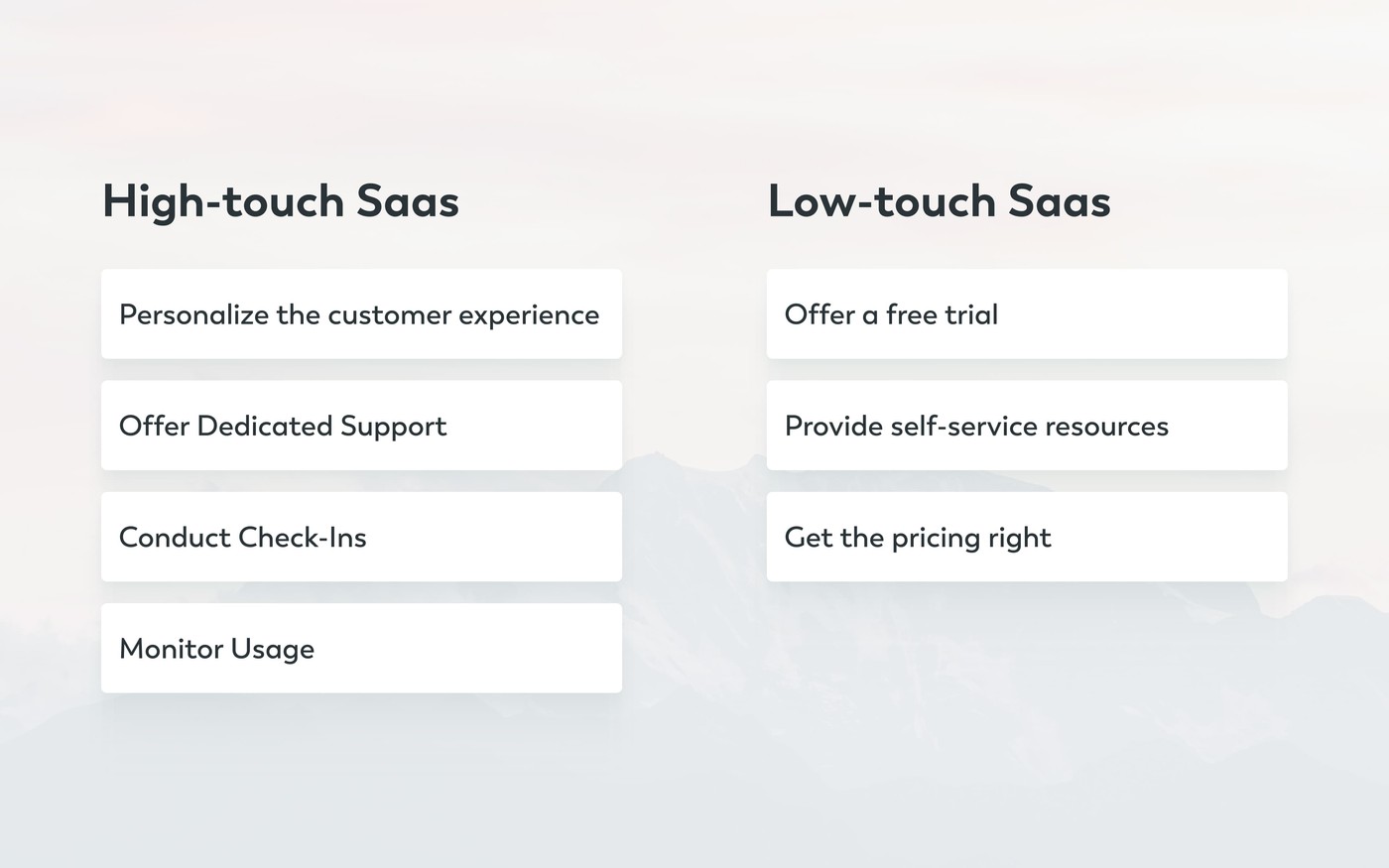
Pricing
Many low-touch SaaS products are commonly sold at different pricing tiers, e.g. basic, premium, and enterprise-level pricing. Users can see from a list of product benefits which plan is most suitable for their needs and purchase accordingly.
In a low-touch SaaS model, the company aims to bring in as many customers as possible, using pricing as an incentive. An excellent example in this regard is Citru.
As a service helping people match with new roommates, Citru offers two types of payment plans. You can opt for the Citru Concierge, which will help you find a roommate. Or, you can make your ad a premium listing and get maximum visibility on the platform.
What makes the Concierge plan so attractive is the company offering a 50% refund of your payment if the Concierge fails to find you a roommate within the specified days. With such an offer, Citru leverages the refund policy to rope in more customers rather than using a team of marketers to convince users to sign up.
High-touch SaaS models, on the other hand, often leave a lot of discretion in the hands of the salesperson to tailor packages for different customers. This makes it more effective for targeting enterprise-level clients who could potentially be looking for licenses for hundreds of users.
Conversion rates
Low-touch SaaS models often use metrics such as conversion rates from free trial to purchasing to measure their success. But, as a CEO, it can be difficult to know how your conversion rates measure up to the competition.
If your low-touch software does not require a credit card to sign up for a free trial, you should be looking for a 1 to 2+% conversion rate from trial to purchase. Software that does require a credit card to sign up for a trial typically sees a much higher conversion rate from 40 to 60%.
High-touch models, however, are more likely to look at benchmarks such as MQL to opportunity and close rates.
Customer onboarding
Low-touch SaaS software employs in-product features to provide a seamless experience from free trial signup to product usage and purchase. Tooltips, pop-ups, a well-developed knowledge center, and seamless UX throughout the path to purchase are key.
On the flip side, high-touch SaaS uses much more involvement from sales executives and a client success team to onboard new customers and support them in exploring and using the product.
Sales process
The free trial is the cornerstone of low-touch SaaS models. Whether it requires a credit card to sign up or not, the product does all the talking. Marketing may support the free trial with drip email campaigns to encourage product usage and stickiness.
Conversely, most high-touch models use customized demos and multiple touchpoint calls to show off the product, assess product-prospect fit, and close the sale.
Customer success
High churn rates in any SaaS model can often be traced back to a poor onboarding experience. Onboarding and activation are critical, even in a low-touch model, to deliver value as quickly as possible. This immediately validates the purchase for your new customer, reduces churn, and increases the likelihood of upgrading or expanding the account in the future.
Onboarding and activation are critical, even in a low-touch model, to deliver value as quickly as possible.
For low-touch models, automated email marketing and in-product messaging and guidance are critical components of customer success. If you’re doing low-touch right, this should be all the connection your prospects and customers need.
High-touch models typically use in-person interactions with the customer success team to onboard and activate the account. This can include onboarding calls, product training, and dedicated support personnel for each account.
How to implement a low-touch SaaS model? Best practices and tips
The key to perfecting a low-touch SaaS model is understanding your customers, staying agile, and iterating to create a seamless user experience. Here are some tips for doing this successfully.
Offer a free trial
Free trials are the backbone of low-touch SaaS models. It’s better to offer opt-in free trials, as most customers do not want to enter their credit card details for a free trial.
Basecamp does this remarkably well. As you go to their homepage, the CTA for trying out Basecamp also clearly mentions “no credit card required.” That’s an ultimate customer puller.
Provide self-service resources
Self-service resources help customers learn more about your offering without human assistance. Again, take a look at how Basecamp does it.
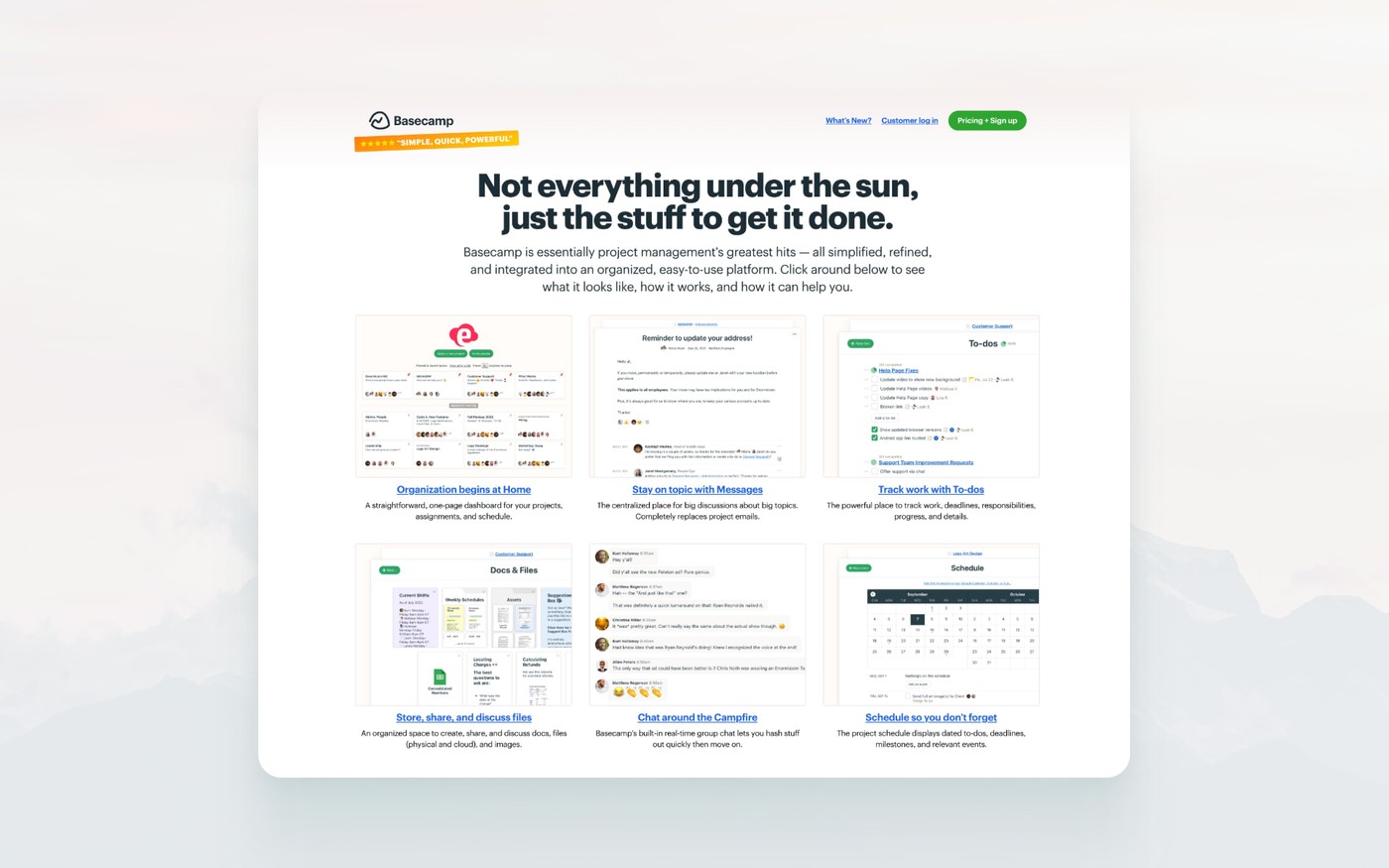
First, a 60-second explainer video shows what the tool can do. The website also has a features gallery to learn more about each feature. Most importantly, there’s a whole Resources section on the website. It includes articles, remote resources, customer rights, and everything a customer wants to learn about the service.
Get the pricing right
Your pricing page should tell customers what they’re buying and with what kind of limitations. The pricing should also be easy to understand, just like the one offered by Basecamp.
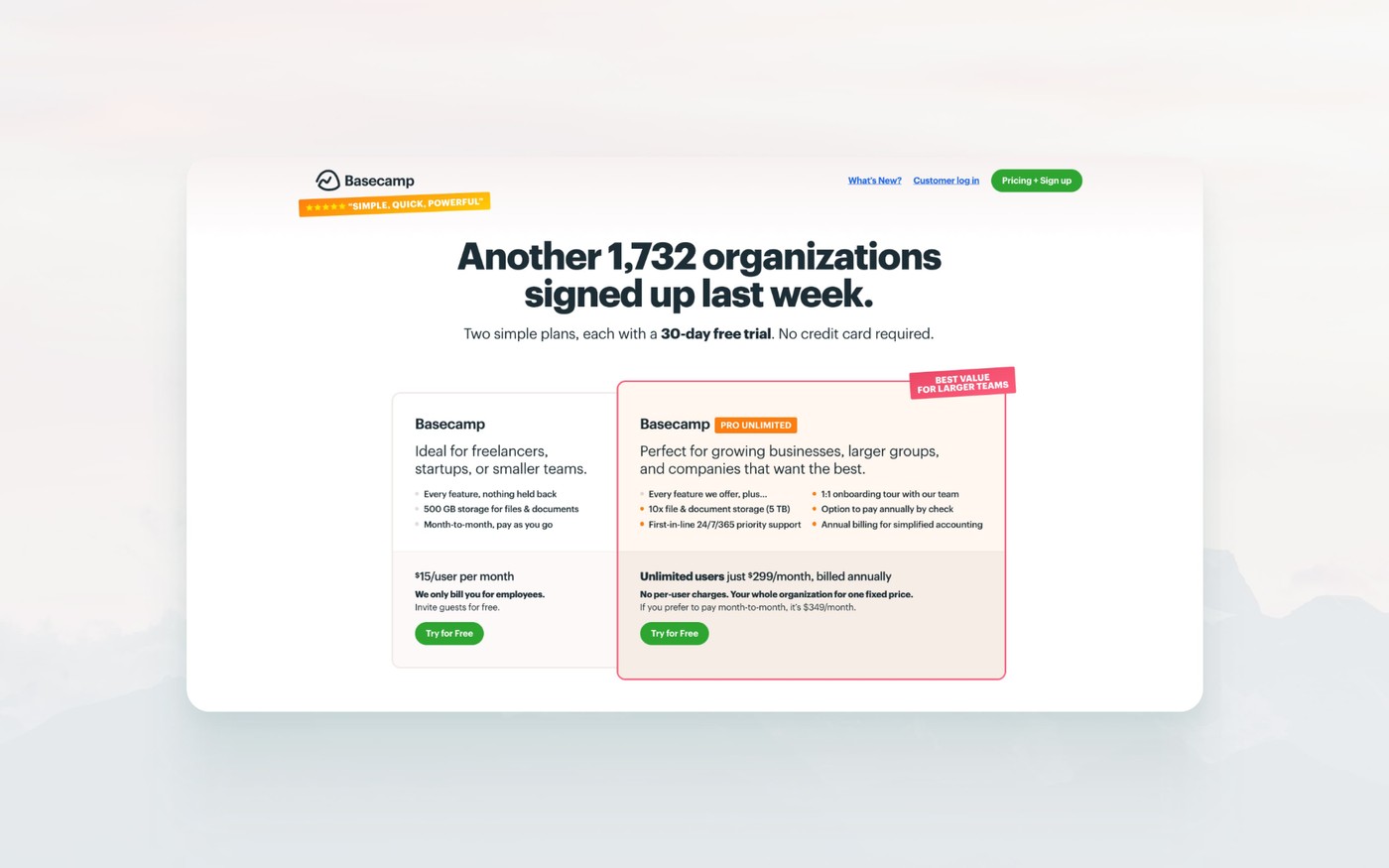
Another way the company incentivizes customers to sign up is by comparing its pricing with similar services. For instance, it shows that you’d have to pay $604.80 for just 20 users for the same thing you can get at Basecamp for $299 for unlimited users.
The pricing page also has this on the top, “Another 1,671 organizations signed up last week”. That’s social proof to show how popular the service is and, thus, why customers should opt for it.
How to implement a high-touch SaaS model? Best practices and tips
A high-touch SaaS model requires immense focus on a customized approach. Here’s how to do that.
Personalize the customer experience
Learn about your customer’s unique needs and tailor your interactions accordingly. Konstantin Selgitski, Chief Marketing Officer at Apifonica, says, “Understanding customers’ preferred methods of contact is key to providing a consistently excellent experience across multiple channels.”
So, your team should be able to communicate with customers in their preferred way, whether over the phone, through email, or another medium.
Offer Dedicated Support
Offer your clients a customer success team or a dedicated account manager to ensure they get personalized and prompt assistance.
Conduct Check-Ins
Regular check-ins can help you meet your client’s continuous needs. It also shows customers that you’re invested in their success.
For instance, schedule monthly meetings with your customers to get feedback. You can also discuss their progress with your product and whether they want additional features.
Monitor Usage
Track customer usage to identify opportunities and issues. For instance, if the customer is not using the product as often, get in touch and ask them why. You can also use this data to inform product changes and enhancements.
If they seem to be using the product excessively, you can use this to upsell them on additional services.
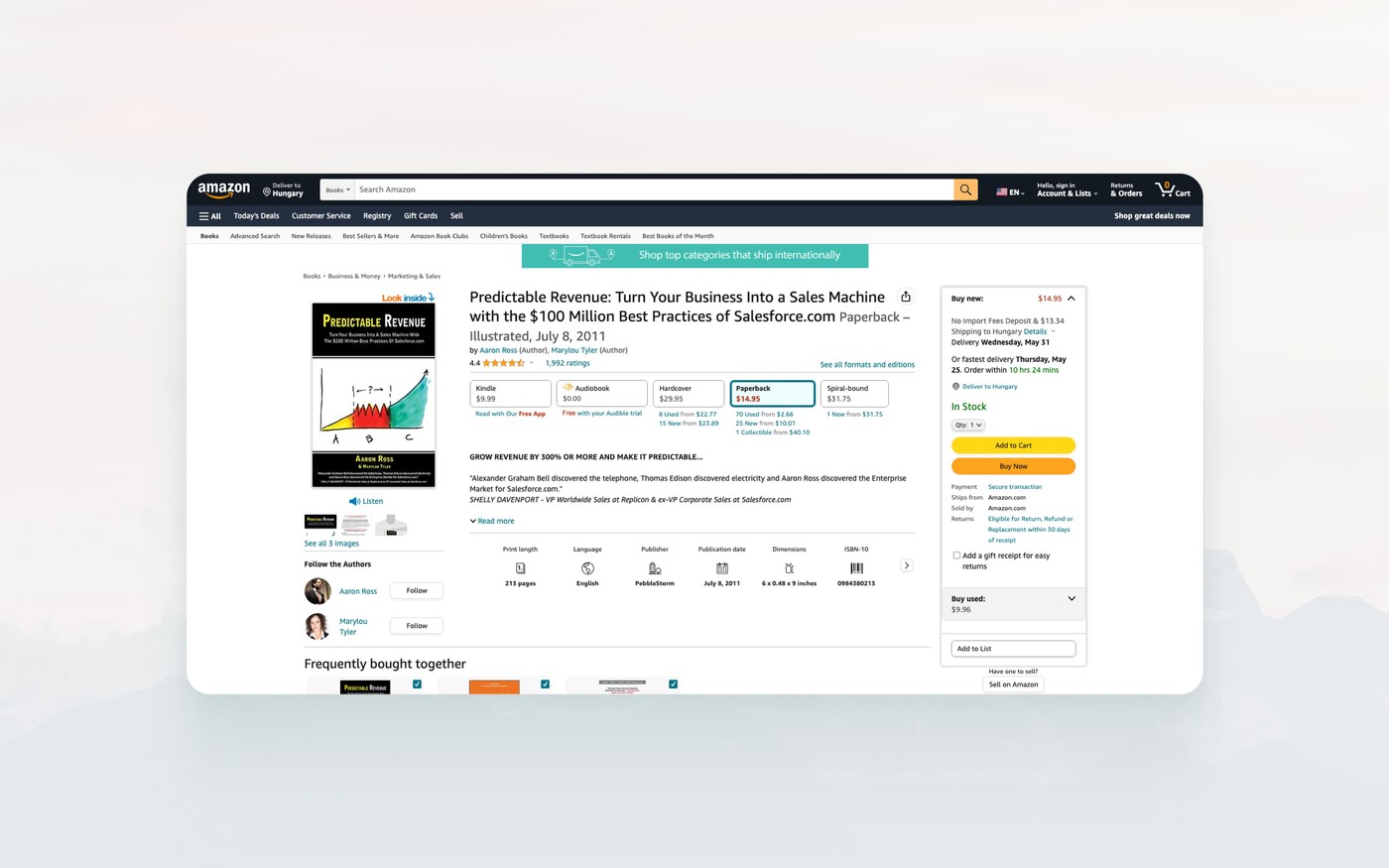
Salesforce is the best example of a company using a high-touch SaaS model. The company’s book on this model can help you understand more about optimizing high-touch SaaS models.
When to use a hybrid of high-touch and low-touch SaaS models?
The most common way to hybridize the two is to adopt specific elements of each model. For example, low-touch SaaS companies can use a customer success team to answer support questions and proactively reach out to customers.
Likewise, a high-touch SaaS company may use chatbots for customer support. They may also use automated questionnaires during lead qualification. Automated emails can also help in the onboarding stage.
Examples of low-touch SaaS vs. high-touch SaaS models
Low-touch SaaS model example
A great example of a low-touch SaaS model is Jamdoughnut, our long-time client. UK’s No 1 cashback app collects and analyses user transactions via OpenBanking APIs, and works out where users can save money by buying and spending rewards within the application.
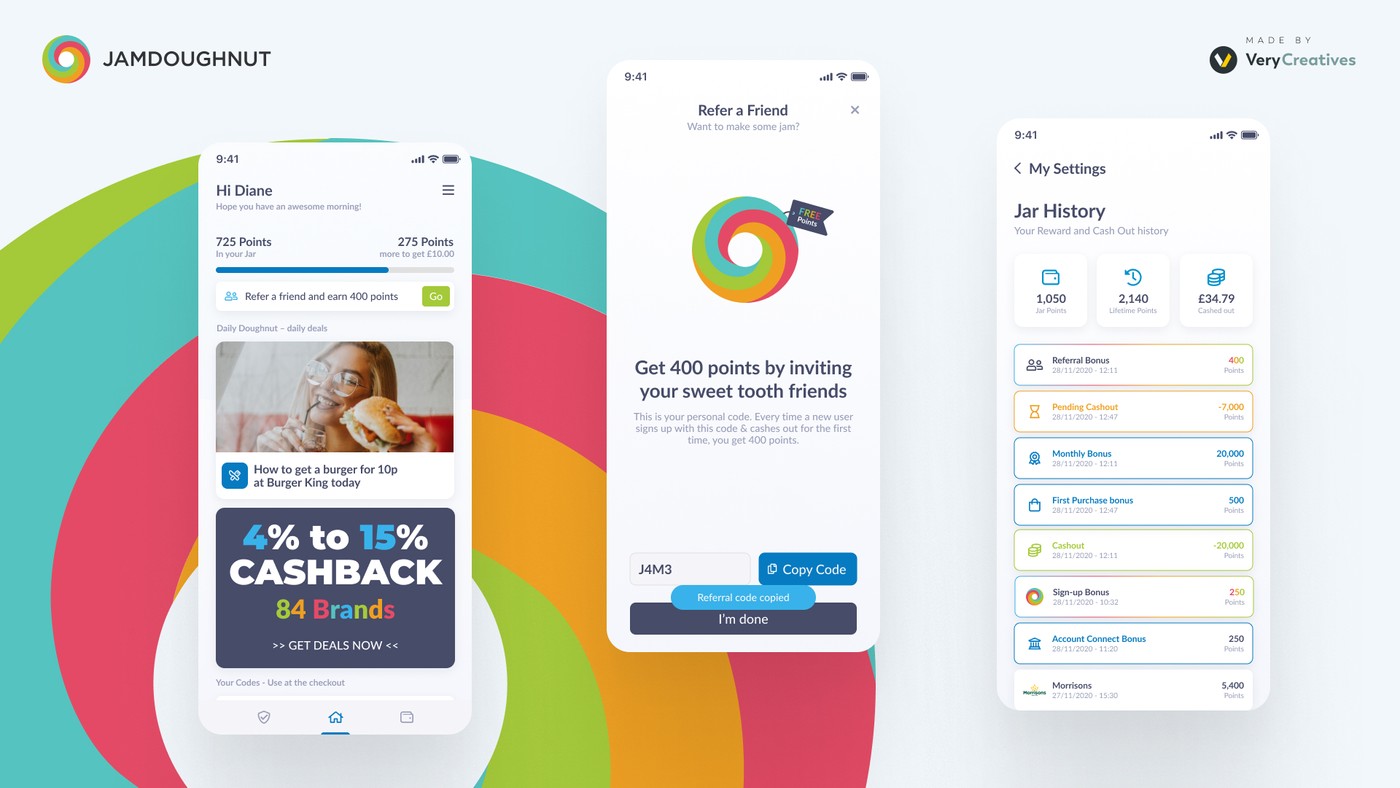
Since successful onboarding and activation are essential for low-touch SaaS products, we designed and built the whole platform using customer success tactics that act as multiplicators, such as:
- Minimizing the time to value to achieve a quick win.
- Leveraging the built-in referral system to boost customer acquisition and lower its costs.
- Using notifications and email marketing to increase retention and reduce churn.
Building the product around the above resulted in exponential growth in active user count and increased per-user spending on the platform.
High-touch SaaS model example
An example of a high-touch SaaS model is Reachbird, an influencer marketing platform we have been building with the founders for many years.
The entire onboarding process, including the website, and all CTAs, is geared toward encouraging visitors to schedule time with a live person to learn more about their pricing, product benefits & features, and packages. During this demo, Reachbird can show how their SaaS platform will generate ROI and answer any questions that might come up.

Knowing their customers and engineering product onboarding to fit how they buy help Reachbird become the leading influencer marketing platform in Europe and part of Adesso Group.
Building a low-touch or high-touch SaaS product
Making a success of low-touch or high-touch SaaS requires careful and precise execution of an exceptional free trial, purchasing, and onboarding experience for your prospects and customers. At VeryCreatives, we provide all the guidance, processes and expertise to help you make decisions while we execute the work.
Check out some of the revenue-generating apps and software we’ve built for our satisfied customers here. And if you’d like to learn more about SaaS business models, take a look at this article on SaaS pricing models.